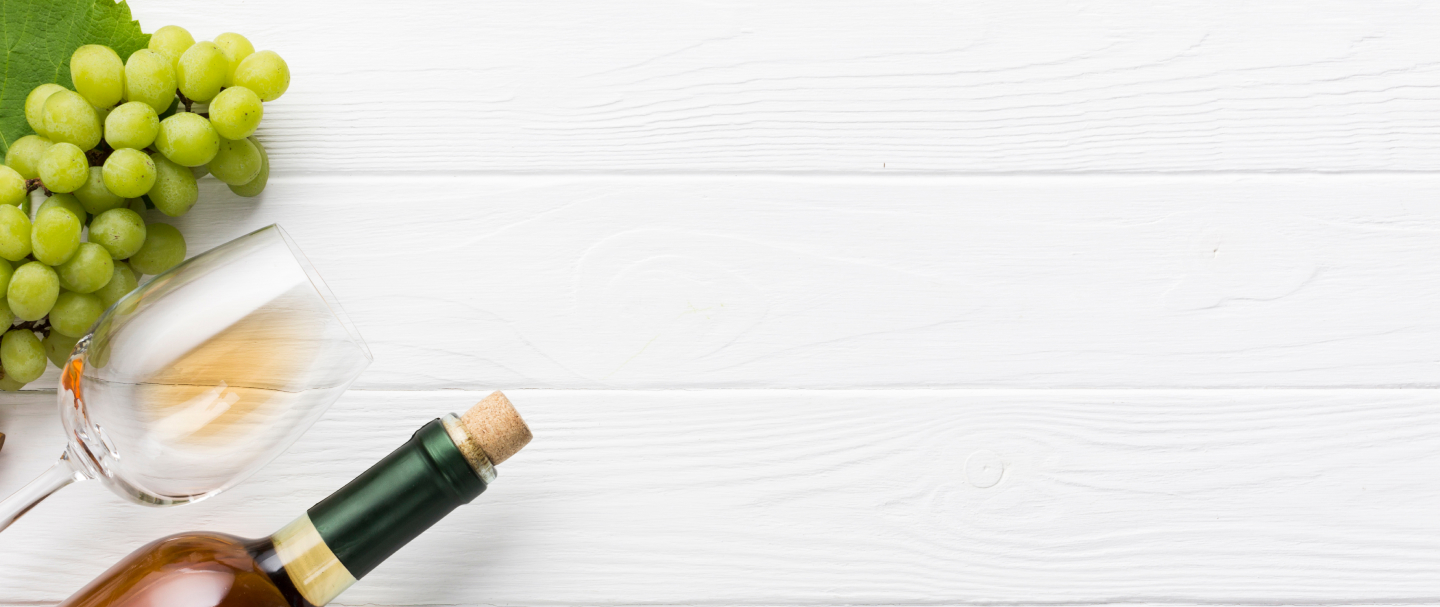Armagnac Mencia Mencia Pre-Arrival
Armagnac is a beloved grape brandy, hailing from the beautiful French region of Gascony, in the south-west of the country. It has been in constant production since sometime just before the fifteenth century, and over the decades has been the toast of royal households across Europe. Today, it is still enjoyed for its unique flavor profile and characteristics, and although it is understandably compared with Cognac, its more famous cousin, lovers of Armagnac claim that its distinctive rusticity and full body make it a superior brandy, perfect as a digestif or as an evening treat.
Armagnac is made from more than one grape varietal, but the major player in this drink is the fine Ugni Blanc grape, more commonly known by its Italian name, Trebbiano. This is one of the most widely planted grape varietals in the world, and grows beautifully in Gascony, which has a similar microclimate as its neighbouring wine region, Bordeaux. Armagnac grapes reveal fascinating and complex flavors after distillation, which commonly include christmas cake, earthy, oaky notes and praline.
Armagnac is sold under two categories - vintage, and non-vintage. A vintage Armagnac is made from a blend of grapes which have been grown in a single year, and will have the date printed on the label. Non-vintage Armagnacs, on the other hand, are labelled according to their age. V.S indicates that the brandy has been aged for a minimum of two years, VSOP for four years, XO six years, and Hors d’Age is a premium Armagnac which has been aged for at least ten years.






